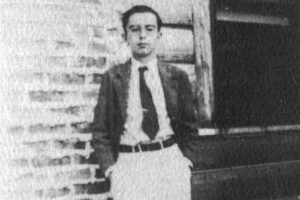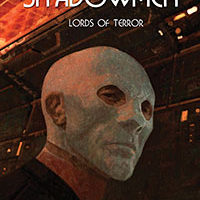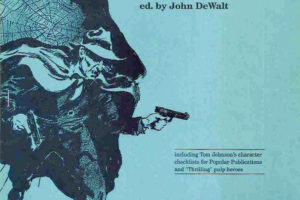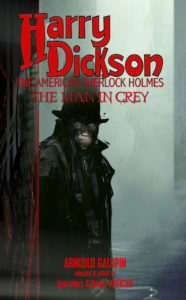 I have posted in the past about Harry Dickson, the American Sherlock Holmes. While the character started off as nothing more than an unauthorized version of Sherlock Holmes published in Germany, he became a character in his own right in Belgium and France, rivaling even Holmes himself.
I have posted in the past about Harry Dickson, the American Sherlock Holmes. While the character started off as nothing more than an unauthorized version of Sherlock Holmes published in Germany, he became a character in his own right in Belgium and France, rivaling even Holmes himself.
In looking at the history of the character and where he got his name, some have justly looked at an early and popular character, Allan Dickson, King of the Australian Detectives. Created by Arnould Galopin, who also created Doctor Omega, Allan Dickson appeared in several short stories and a few novels between 1906-12.
The folks at Black Coat Press have put forth the idea that Allan Dickson is Harry Dickson, but just a younger one, as the main period of Harry Dickson’s career is the mid-1920s to mid-’30s. Plus, Allan Dickson is shown being mentored by Sherlock Holmes, and Harry would move in to 221B Baker Street (I guess after Sexton Blake also moved out?).
Thus, when Black Coat Press has come out with translations of a couple of Allan Dickson novels, they recast them as early Harry Dickson stories. They also include additional materials in the first one, The Man in Grey, that gives background on Allan Dickson and show how he was easily converted into Harry Dickson.
We learn that Galopin had created Allan and used him in a series of four short stories in 1906-07. He then followed up with a novel, The Murky Affair of Green Park, in 1910. I have no idea if we will see translations of these works.
To turn Allan into Harry, we learn in stories by authors such as G.L. Glick that Harry’s father, a traveling magician, married a women he met in Australia, and in his early years Harry spoke with an Australian accent. In the play Sherlock Holmes vs. Fantomas (1914), a young Harry confronted Fantomas. And then in the story The Man in Grey re-encountered Holmes and was mentored by him, after which Sexton Blake did the same.
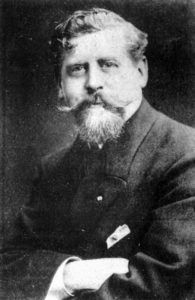
The Man in Gray (1911) has Allan/Harry looking into some grisly murders that may be the return of Jack the Ripper. And maybe it is. But you’ll have to read to learn more, as they tie in some other characters into the mix, including Fantomas (and give an “origin” for the character). The other material in the book explains how the translators had to fix and add to this story. But it was largely the same as the original.
Galopin would next use Allan Dickson in the massive Tenebras, The Phantom Bandit (1912), which is clearly written in imitation to Fantomas, which had just appeared from a rival publisher. Surprisingly, this work didn’t need any tweaks in translating it. This is a complex tale, with Dickson with Inspector Loustaud fighting against Tenebras. Also in the mix are two ruthless American billionaires with designs on the inheritance of a young man.
Allan Dickson would then appear in one final novel, The Red Sandal, in 1913. Again, I have no idea if this will be translated. And Galopin had Allan appear in cameo in a few subsequent works.
Other than further appearances of Harry Dickson in Tales of the Shadowmen series, I have no idea if Black Coat Press will come out with further translations of classic Harry Dickson stories. Certainly the more fantastical stories would be appealing. Until then, if you haven’t gotten into this character, do so. You’ll not be disappointed.

